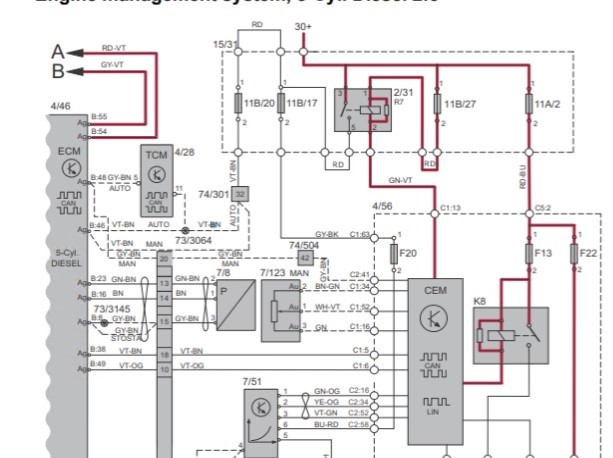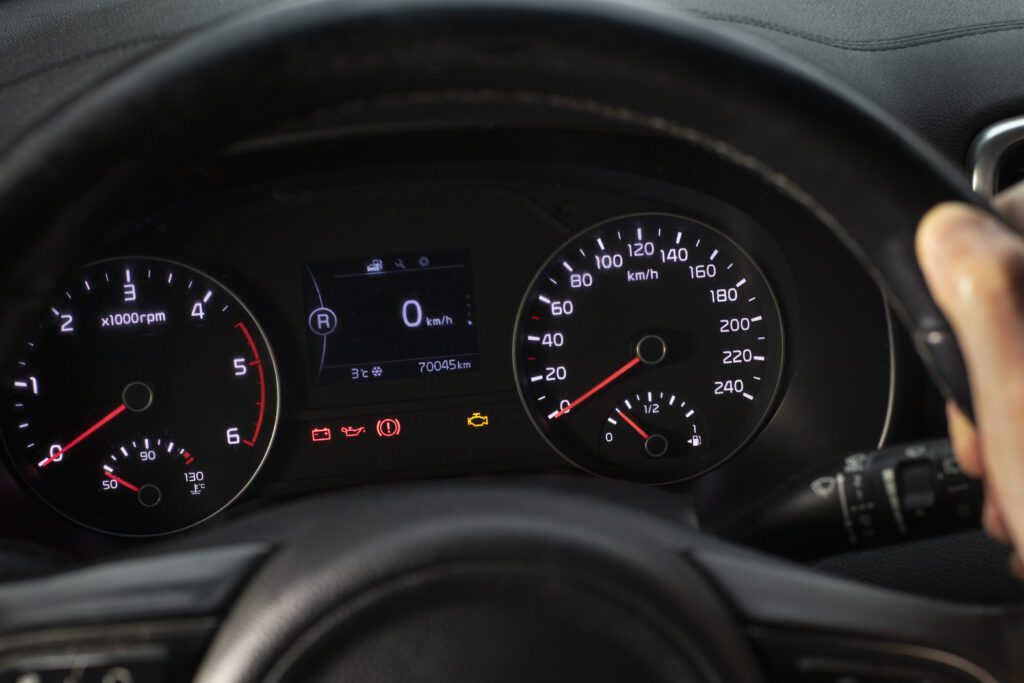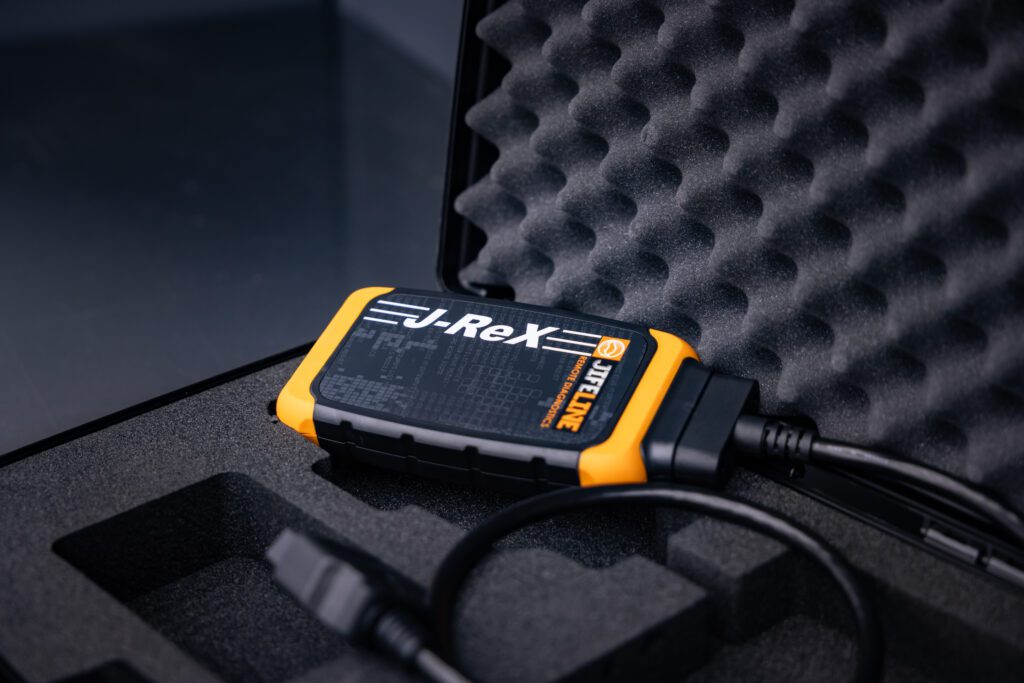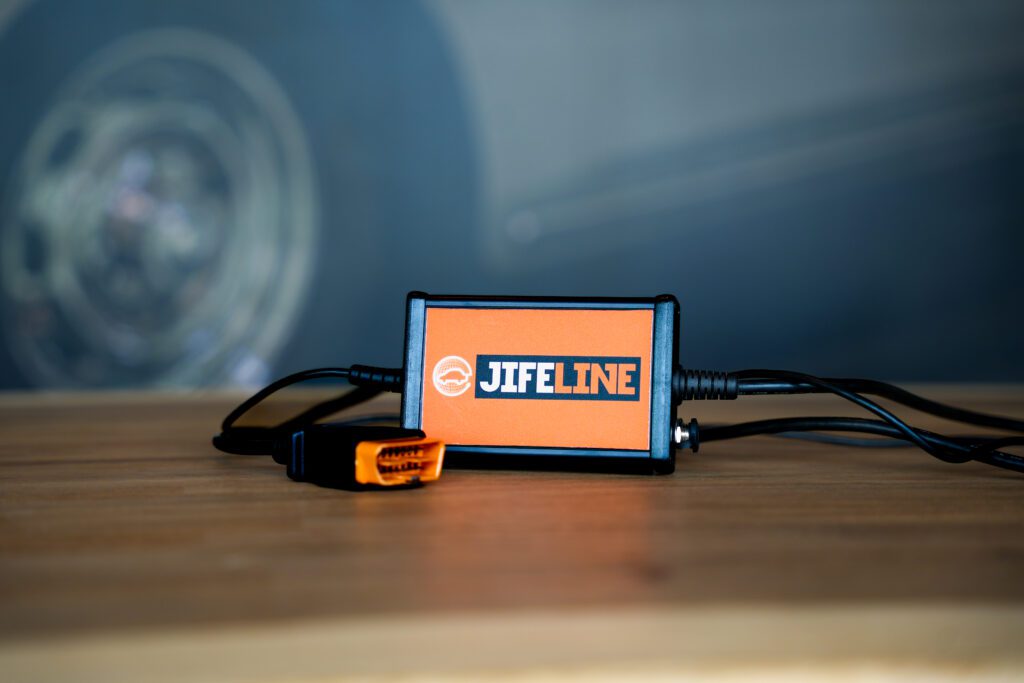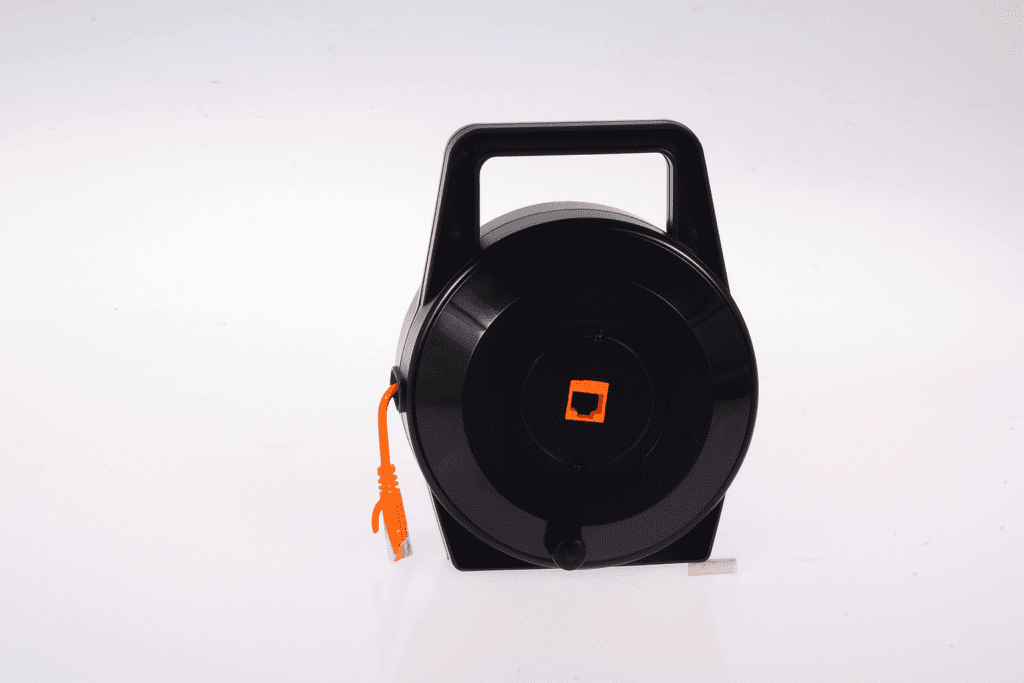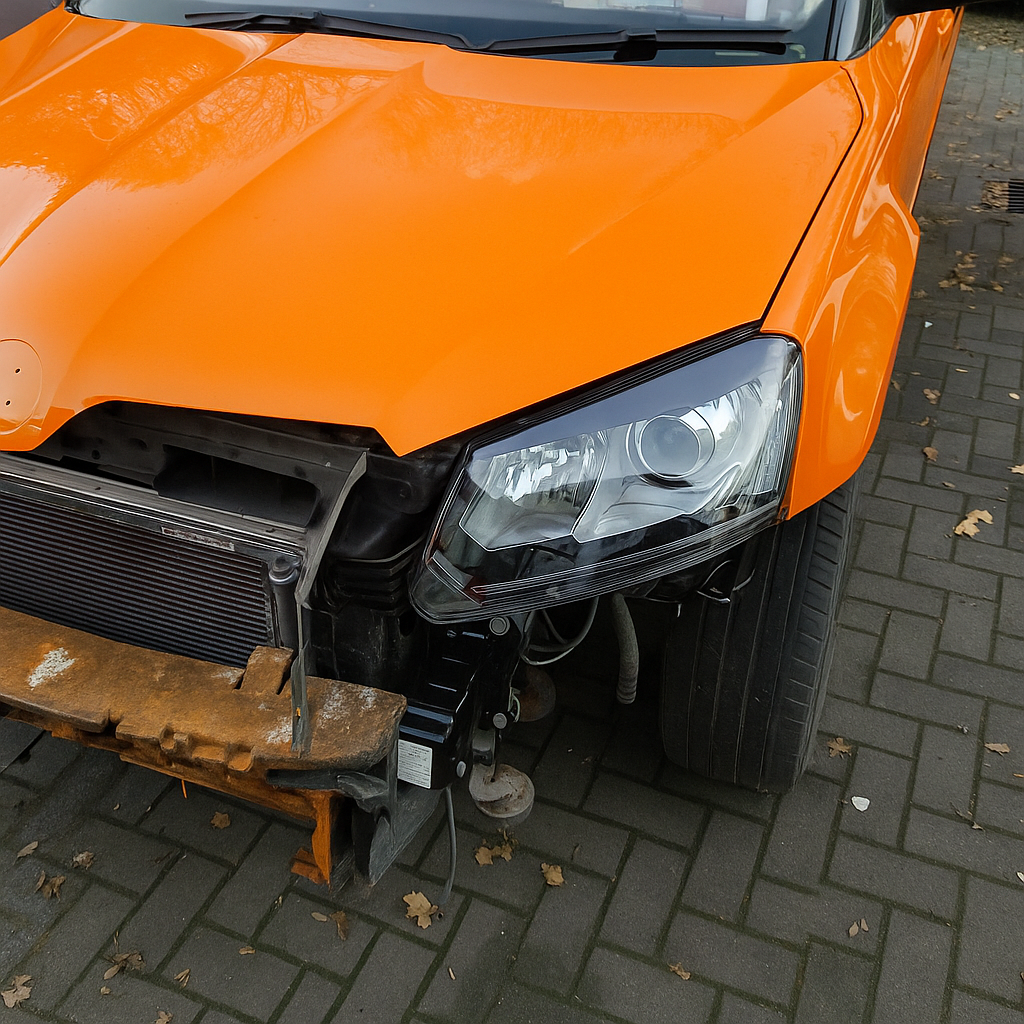It is common for control units to fail after connecting a start booster. A start booster is a portable battery used to give a car an emergency start when the 12-volt battery is flat. If the start booster is connected incorrectly due to improper use, damage can occur.
As a result, misdiagnosis is often made and control units are replaced which also need to be reprogrammed. This leads to unnecessary work, high costs and can be prevented.
Case study Volvo XC60
We take you through the following case study. We were recently presented with a Volvo XC60 with 2014 year of manufacture. The mechanic had tried to start the car with a starter booster. without success, the combustion engine could not start.
Then the mechanic was presented with several error codes. The error code in the CEM U040188 "Invalid data received from ECM-PCM-A Algorithm-based bankruptcyˮ made the mechanic think that there was something wrong with the programming of the engine ECU, or that it might have malfunctioned during the starter booster connection. This prompted him to enlist the help of Jifeline Remote Diagnostics.
Pre-scan
Jifeline Remote Diagnostics always starts with an input diagnosis, called pre-scan. This pre-scan gives a good picture of the input state of the vehicle. In this case, we immediately saw that the engine ECU was no longer communicating in the vehicle network. Hence, the central electronics, also known as CEM, indicated fault code U040188. The conclusion that using the starter booster caused the control unit to break down is too premature. Some basic checks should be carried out first.
Consulting the electrical diagram
After performing the pre-scan, the next step is to access the correct electrical schematic via RMI. Car manufacturers are required by European Regulation 2018/58 article 61 to make this 'Repair and Maintance Information' available. In the schematic, we determine the current flow for the engine ECU. We identify the power supplies and masses. These should be checked by the mechanic, for example using a voltmeter.
The mechanic in the workshop told us that he had bridged a relay, after which he did manage to start the engine again. Useful information, as we now knew immediately that the engine ECU was fine. Now we could concentrate on controlling the relay in question, R10.
R10 Relay
A relay consists of a coil and a switch. When the coil is energised with a small current it becomes magnetic. The switch will be attracted, allowing it to conduct a large current.
We zoom in on the R10 relay. A simple check is to ground position 85 itself. A so-called Powerprobe can be used for this purpose. The coil should then be energised, provided the 12 Volt power supply is present at position 86. The mechanic performed this and the engine could be started. So now two possible causes remain:
- Surely the motor ECU is faulty, as it switches relay R10 position 85 to earth when the car is functioning properly
- There is a wire break between the relay R10 and the motor ECU
The latter is easy to control by installing a bypass.
Bypass
We advise the mechanic to connect the bypass and a little later he informs us that the engine can then be started again. Of course, the specific location of the wire break will still have to be traced to fully restore the Volvo XC60.
Don't be fooled. In this case, the starter booster action did not affect the functioning of the control units. By performing the necessary measurements step-by-step, the cause of the combustion engine no longer being able to start could be efficiently identified.

